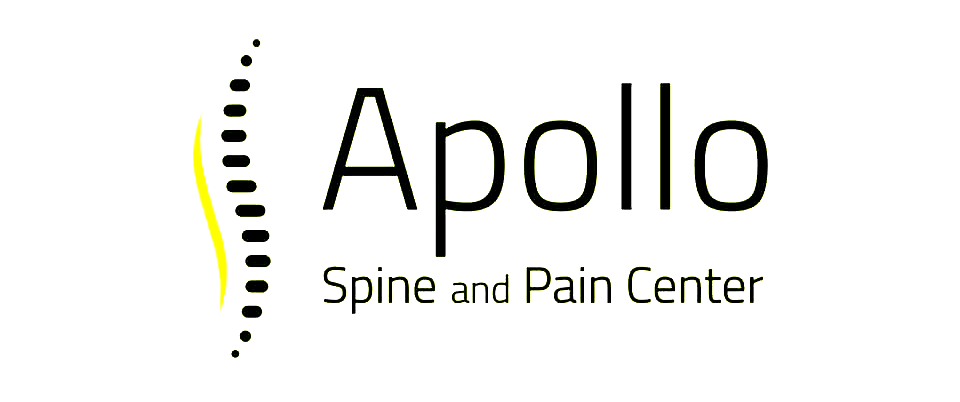How to Find Relief from Trigeminal Neuralgia
Trigeminal neuralgia is a condition that causes sudden, severe facial pain. It feels like an electric shock or stabbing sensation in your face. This pain comes from the trigeminal nerve, which is responsible for feeling in your face. Even simple actions like brushing your teeth or talking can trigger intense pain.
What Is Trigeminal Neuralgia?
Trigeminal neuralgia is a condition that affects the trigeminal nerve. This nerve is one of the largest nerves in the head and is responsible for sending feeling from the face to the brain. When the trigeminal nerve is affected, it can cause sharp, intense pain. This pain usually occurs on one side of the face and can be triggered by ordinary actions like chewing, speaking, or even touching your face.
The exact cause of trigeminal neuralgia is not always clear. In many cases, the cause is believed to be a blood vessel pressing on the nerve. This pressure can cause the nerve to malfunction and send pain signals to the brain. Other causes can include multiple sclerosis or a tumor pressing on the nerve. Trigeminal neuralgia can also sometimes be related to aging.
Living with trigeminal neuralgia can be difficult. The pain can come and go throughout the day, making it hard to know when it will strike next. Because the pain is so intense, it can interfere with daily activities and quality of life. However, with the right treatment, it is possible to manage the pain and reduce its impact.
Identifying Symptoms of Trigeminal Neuralgia
Recognizing the symptoms of trigeminal neuralgia is important for getting the right treatment. The most common symptom is sudden, severe facial pain. This pain can feel like an electric shock or stabbing sensation. It usually occurs on one side of the face, and it can last for a few seconds to a couple of minutes. The pain can be triggered by simple actions like brushing your teeth, eating, or even feeling a light breeze on your face.
Some people with trigeminal neuralgia may experience what is called “trigger zones.” These are specific areas on the face that, when touched, can set off an episode of intense pain. Identifying these trigger zones can help in managing the condition. It’s important to take note of what triggers the pain and avoid those actions as much as possible.
In addition to the sharp, shooting pain, there may be periods of no pain at all. These pain-free intervals can last for days, weeks, or even months. However, the condition is often progressive, which means the pain-free periods may get shorter over time and the pain episodes may become more frequent and intense. If you notice these symptoms, it’s important to see a doctor for a proper diagnosis and to discuss treatment options.
Medical Treatments for Trigeminal Neuralgia
There are several medical treatments available to help manage trigeminal neuralgia. First, medications are often used to control the pain. Anticonvulsant drugs like carbamazepine and gabapentin are commonly prescribed. These medications work by calming the nerves and reducing the pain signals sent to the brain.
In addition to anticonvulsants, muscle relaxants such as baclofen can also be effective. These can help ease muscle spasms that might trigger pain episodes. Sometimes, doctors may prescribe a combination of these medications to get the best results. It is important to follow your doctor's instructions closely when using these medicines to monitor for side effects and adjust dosages as needed.
If medications do not provide enough relief, there are other options. For example, Botox injections have been found to reduce pain in some cases. Another medical treatment is microvascular decompression surgery, which involves moving a blood vessel that's pressing on the nerve. This surgery can provide long-term relief but comes with risks, so it's usually considered after other treatments have failed. Radiofrequency lesioning is another option, where heat is used to damage the nerve and block pain signals.
Interventional and Integrative Pain Management Techniques
Apart from medications and surgery, there are interventional and integrative techniques that can help manage trigeminal neuralgia. One of these methods includes nerve blocks. A nerve block involves injecting an anesthetic near the trigeminal nerve to temporarily relieve pain. This can provide quick relief and may help identify the source of the pain.
Regenerative medicine techniques like Platelet-Rich Plasma (PRP) therapy are also being explored. PRP uses your own blood's healing properties to help repair damaged nerve tissues. While still under study, some patients have found relief from nerve-related pain through this method.
Integrative approaches such as acupuncture, physical therapy, and relaxation techniques can also be beneficial. Acupuncture involves inserting thin needles into specific points on the body to relieve pain. It’s an ancient practice but has shown positive results for many types of pain, including trigeminal neuralgia. Physical therapy can help strengthen muscles and improve posture, which might reduce trigger points for the nerve pain. Mindfulness and relaxation exercises like yoga and meditation can help manage the emotional side of chronic pain and make it more bearable.
Conclusion
Living with trigeminal neuralgia is challenging, but there are many ways to find relief. From medications to interventional and integrative techniques, several options can help manage the intense facial pain associated with this condition. Understanding the different treatments and working with your doctor to find the best approach for you is key to improving your quality of life.
If you are struggling with trigeminal neuralgia pain, don’t hesitate to seek professional help. At Apollo Spine and Pain Center, we specialize in
pain management and offer a variety of treatments to help you regain control of your life. Contact us today to schedule a consultation and take the first step towards a pain-free life.












